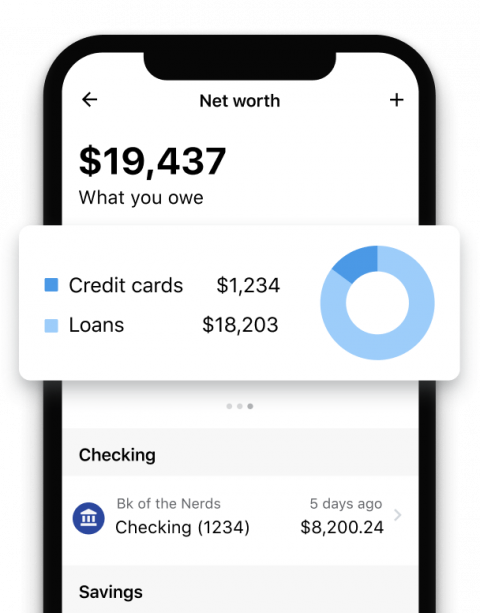How to Use Debt Snowball to Pay Off Debt

Many or all of the products featured here are from our partners who compensate us. This influences which products we write about and where and how the product appears on a page. However, this does not influence our evaluations. Our opinions are our own. Here is a list of our partners and here's how we make money.
With the debt snowball method, you reward yourself for wins along your debt payoff journey. You pay your smallest debt in full first, then roll the amount that was going toward that bill into paying off your next-biggest one. The amount you're paying on your focus debt keeps growing — much like rolling a snowball down a hill.
Small victories upfront — the satisfaction of seeing debts eliminated one by one — keep you engaged. It’s very different from the debt avalanche strategy, which prioritizes high-interest debt to save money but may take longer to get the first debt wiped out.

Using the debt snowball method
First, be sure that you’ve budgeted enough to cover the minimum monthly payment for every debt. Now, arrange the debts by balance, from smallest to largest. Disregard the interest rate on each.
Every month, put the extra money you budgeted for getting rid of debt toward your smallest debt — even if you are paying more interest on a different one. Once the smallest debt is repaid, take the entire amount you were paying toward it (monthly minimum plus your extra money) and target the next-smallest debt. Keep knocking off debts and then diverting all the freed-up money toward the next debt in line.
Here’s how it could look in real life: If you have a hospital bill for $1,200 that the hospital is allowing you to pay interest-free, and two credit card bills for $5,000 (at 22.9% interest) and $3,000 (at 15.9%), you’d pay the hospital bill first. That’s right — you’d pay the interest-free loan before you paid those that accrue interest.
This can make numbers people crazy, because it usually saves time and money to pay highest-interest debts first. The debt avalanche method is a better fit for them. But if you need to front-load your payoff plan with early victories in order to stick with it, snowball is for you.
Look for lower rates and ways to pay more
If you choose the snowball strategy and your high-interest debts are also the largest, don’t ignore opportunities to find lower rates, especially if your credit score is climbing.
You may be able to transfer a credit card balance to a lower-rate card.
You could also look into a debt consolidation loan.
You might wonder whether you can ever pay off your debt, even with a debt snowball plan to keep you focused. If your unsecured consumer debts — such as credit cards and personal loans — would take more than five years to pay, consider your options for debt relief.
While both the snowball and avalanche methods involve money you actively budget to pay down debt, you can supplement either with “debt snowflakes” — small daily savings and "found" money that you pour into your payoff plan to hasten your progress.
Is a debt snowball for you?
The avalanche method could possibly mean more savings on interest, but know yourself: A plan you abandon — even if it is objectively superior — is a failure. That’s why a less efficient debt snowball may be a good choice for many even if it costs a bit more over time.
A 2012 Northwestern University study of nearly 6,000 debt settlement clients found that the fraction of debt accounts paid off was a better predictor of eventual success than was the dollar amount. Achieving subgoals can help you stick with your overall plan. If a debt snowball offers the kind of reinforcement that will keep you motivated, it’s worth the premium to get your finances on track.


